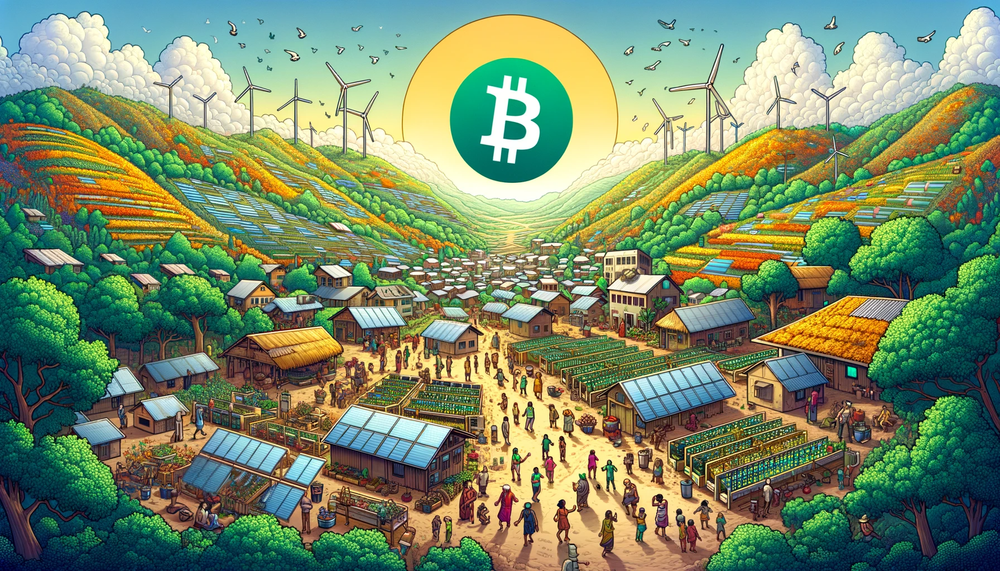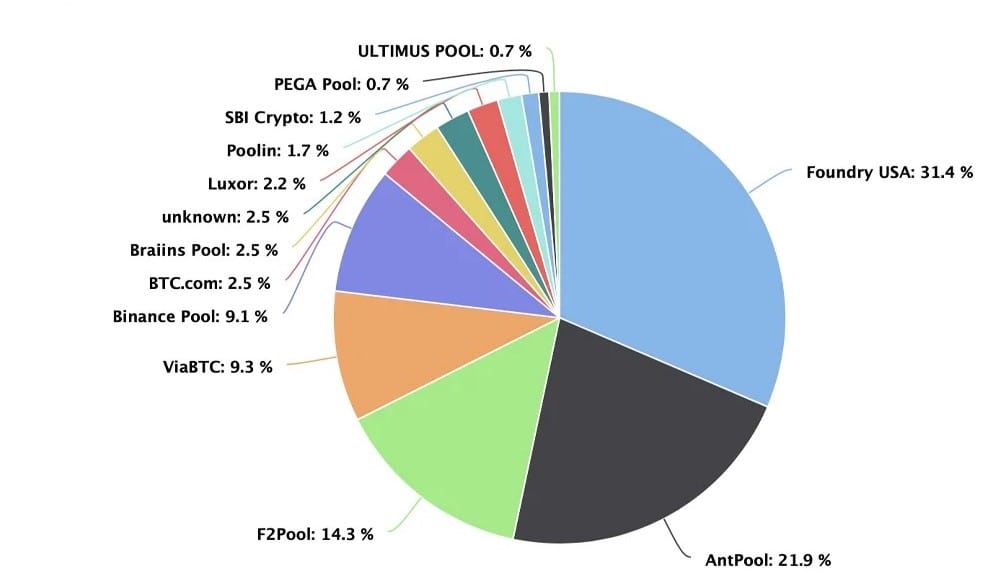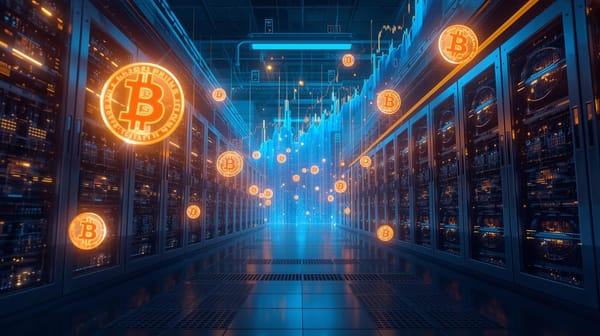Introducing Loka

Currently, Bitcoin mining is controlled predominantly by centralized corporations or at least mining operations with deep pockets. One of the main reasons for this is that Bitcoin mining is capital-intensive in terms of the hardware needed and the recurring cost of paying for energy to power operations. These issues will only become more pronounced as the competition for hash rate intensifies.
Mining is becoming less and less decentralized
Overtime, this trend can lead to consolidation of mining power and present potential chokepoints or bottlenecks to the Bitcoin Network. In fact, we can already see that 2 biggest mining pools accounted for more than 50% total hashrates in the world.

If you think this is not a growing issue; well – existing pools are subject to specific jurisdictions and none are fully decentralized:
- AntPool now requires KYC.
- Ocean, touted as a “fully decentralized mining pool,” does not include ordinal transactions, effectively censoring them.
- F2Pool has acknowledged filtering transactions at times.
Mining is becoming less and less inclusive
Smaller miners often don’t receive daily payouts due to thresholds from mining pools, typically around 0.005 BTC — Ocean’s threshold is even higher at 0.01 BTC. This means miners with fewer than 40 ASIC machines might have to wait several days or even weeks for their payouts.
At current Bitcoin price of ~$40K, min threshold translates to around $200. For some parts of the world, this amount is a considerably significant. Currently, a new ASIC machine costs more than $4000. This means that people with less capital are getting left behind.
Now imagine when Bitcoin price reaches 10x or 100x from current price, and hashrate difficulty significantly increased?
What is Loka?
Loka is solving the growing issue of centralization and exclusivity of Bitcoin mining industry. We believe that in order to reach wider mass adoption, everyone should have access to participate in securing and get benefit from the Bitcoin network through mining.
We're approaching this problem by building 1) a decentralized mining pool, and then 2) a trustless p2p future hashrate synthetic protocol
But first, what is a mining pool?
Mining Pool in a nutshell
Every 10 minutes, a new block is created in Bitcoin, and the miner who finds the block receives a mining reward of 6.25 BTC (or 3.125 BTC after the halving in April 2024) plus transaction fees. The larger your share of the network’s hashrate, the greater your chance of success.
In essence, it’s like a lottery. Hashrate equals tickets, and finding a block equals winning the prize. The more hashrates you have, the higher your chances of winning.
A mining pool consolidates hashrates from various Bitcoin miners into a single “pool.” When this pool finds a block, the mining reward is distributed pro-rata based on each miner’s contribution, usually every 24 hours.
Since blocks are created at 10-minute intervals, this means there are 144 new blocks every 24 hours. Statistically, a mining pool needs to consolidate approximately 0.7% (100%/144) of the world’s total hashrate to earn a reward daily on average.
What Loka Decentralized Mining Pool will look like?
- No minimum payout for miners, with payments leveraging ckBTC technology from Internet Computer.
- FPPS payout scheme including 24-hour average transaction fees.
- Fully decentralized: No KYC, no censorship, not bound to any jurisdiction.
- Open source.
- Community-owned liquidity with ckBTC liquid staking feature
- Anyone can provide liquidity for mining rewards in the pool using ckBTC
- Low mining pool fee of 2%, mainly redistributed to ckBTC liquidity providers when a new block found.
- Reward tokens will be issued to participants, both liquidity providers and miners, based on their contributions.
In the upcoming weeks, we will release a design document & whitepaper. Stay tuned.
This article presented by Loka Mining.
Loka is revolutionizing the Bitcoin mining ecosystem by directly connecting investors with Bitcoin miners through a decentralized mining pool and an upcoming permissionless forward hashrate marketplace protocol.
Loka enables investors to get Bitcoin at lower than market price without centralized & counter-party risks, and Bitcoin miners to access capital efficient financing and hedge their risk exposure by selling their future mining rewards.
Find out more about loka in https://lokamining.com — or access our mining pool aggregator on https://pool.lokamining.com





